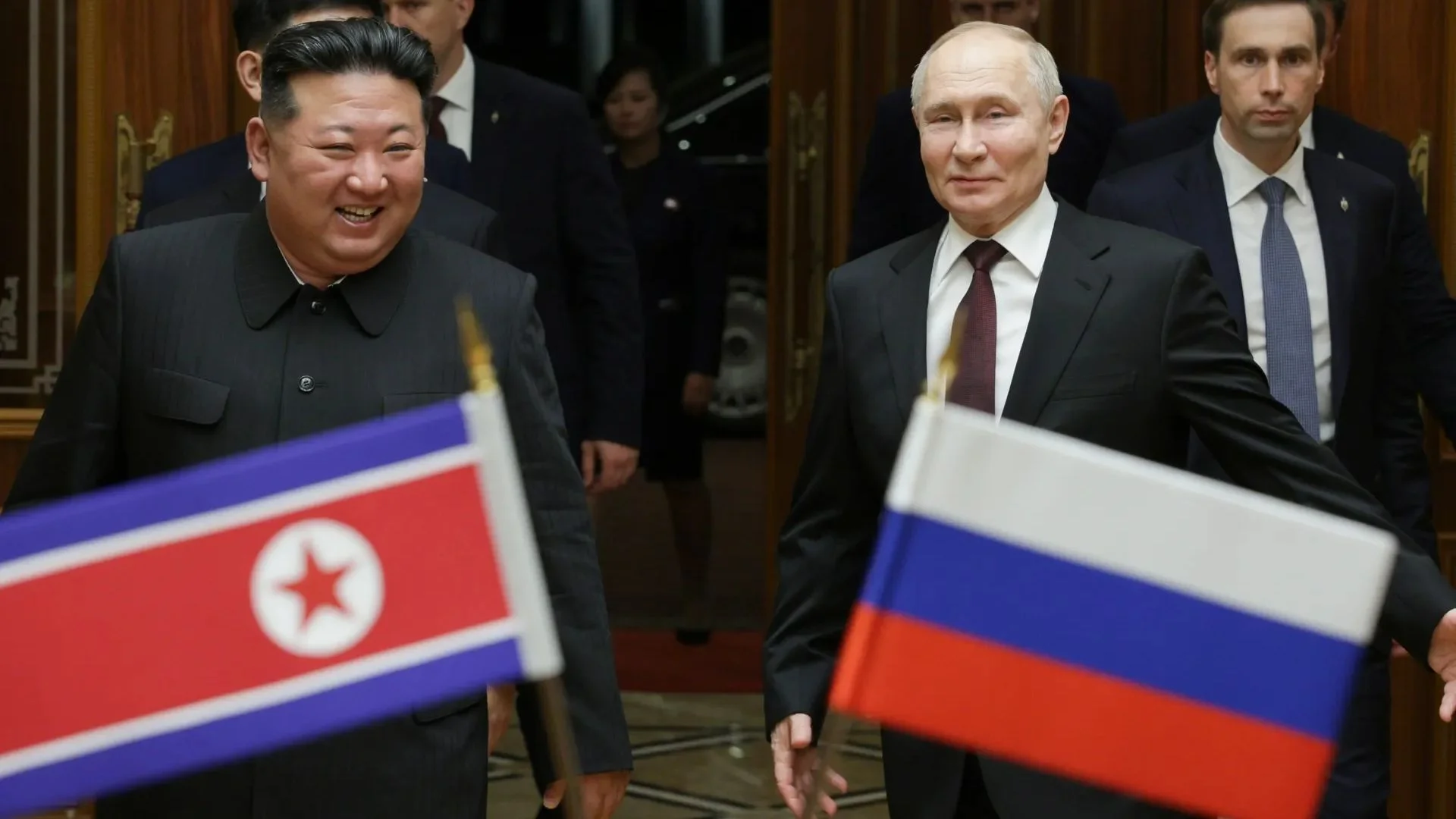
According to The Equality Equation: Advancing the Participation of Women and Girls in STEM—a World Bank report which provides a rich overview of global patterns of gender gaps in STEM education—merely 18% of girls enrolled at the tertiary level are pursuing studies in the field of STEM as compared to 35% of boys.
Women, in fact, account for only 33% of researchers, 22% of professionals working in artificial intelligence, and 28% of engineering students across the world. This is the case despite the repeated global calls for increasing women’s representation in the STEM workforce. The scenario, however, is much better in India with nearly 43% of STEM graduates being women, as opposed to other developed nations like the United States, Canada, and the UK, where there are fewer women—34%, 31%, and 38% respectively—studying STEM at the tertiary level. As per the annual All India Survey on Higher Education (AISHE) report, which indicates enrolment in undergraduate, Masters, and PhD-level programs, the number of women in India who have opted for STEM courses has increased from 10,02,707 in 2017-18 to 10,56,095 in 2019-2020.
And while the number of women in STEM has experienced a rise of almost 53,338 in the last three years, a similar trend has not been visible in terms of men’s participation in STEM education, with the number of men who enrolled for STEM studies, in fact, declining from 12,48,062 in 2018–2018 to 11,88,900 in 2019–2020. Besides enrolments, it has further been observed that women in the STEM field across the globe publish fewer research papers. But here too, India is an exception, with one in three research papers being written by a female author in over 186 fields as per the Scopus database. In fact, women are almost at par with their male counterparts in subjects such as dentistry, psychology, and the humanities, where for every two male authors, there is at least one female author. These advancements could, nonetheless, not have been possible without the initiatives undertak en by the Government of India (GoI), which today have made women’s participation in STEM an impressive possibility for the country.
For instance, at the school level, the Department of Science and Technology (DST) launched the Vigyan Jyoti scheme in 2020, according to which schools were directed to conduct regular special lectures, classes, and science camps as a way of encouraging female students—especially those belonging to classes 9 to 12—to pursue higher education in STEM. In another move, the GoI announced scholarships like Pragati through the All-India Council for Technical Education, making it easier for girls to access technical education at the undergraduate and diploma levels.
To support the development of a gender-equitable ecosystem within higher education and research institutions, the DST launched a pilot project—Gender Advancement for Transforming Institutions (GATI). By becoming signatories to the GATI charter, institutions will commit to adopting gender-sensitive policies and practises for women in STEM courses. Additionally, the DST also launched the Consolidation of University Research for Innovation and Excellence (CURIE) initiative, which provides support to women’s universities in improving their research and development (R&D) facilities. So far, eight women’s universities have successfully received support under CURIE, with artificial intelligence labs established in six of them.
For female researchers interested in undertaking R&D activities, the Science and Engineering Research Board (SERB) formulated SERB-POWER (Promoting Opportunities for Women in Exploratory Research) as a funding framework that is aimed at providing financial assistance through grants and fellowships, enabling women to pursue their STEM research projects. A similar initiative, Biotechnology Career Advancement and Re-orientation Programme (BioCARe), was also undertaken by the Department of Biotechnology (DBT) as a step forward to encourage women scientists to take up biotechnology research. Besides national initiatives, much is also being done at the international level that has boosted women’s participation in scientific research.
A good example of such an initiative is the DST’s “Indo-U.S. Fellowship for Women in STEM”, launched in collaboration with the Indo-U.S. Science and Technology Forum (IUSSTF) in the United States (US). The fellowship provides opportunities for women scientists, engineers, and technologists to undertake research in premier institutions in the US in order to enhance their research capacities and capabilities. To recognise the achievements of women in STEM, the GoI every year commemorates the SERB Women Excellence Award, recognising young female fellows and achievers of the National Science Academies. Similarly, the National Women Bioscientists Award acknowledges the contributions of senior and young women scientists in biology and biotechnology. In 2020, Smt. Smriti Zubin Irani, the Minister for Women and Child Development, announced the establishment of 11 chairs in the names of Indian women scientists at institutes across the country to honour their achievements and inspire young girls and women. Yet, the turnaround for women’s participation in STEM-related jobs in the country currently hovers at around 14%.
The reasons for this unfortunate state of affairs include but are not limited to the persistent institutional gender biases, strictly defined gender norms, patriarchal culture, etc. However, the important thing that needs to be understood here is that a lot has already been and is continuing to be done to accelerate women’s inclusion in STEM. This leaves us with little doubt that in times to come, the number of women in STEM in India will rise not only in academia but also in workspaces. Akanksha Khullar is an Assistant Manager, Strategic Investment Research Unit at Invest India. Her work predominantly focuses on gender issues, particularly on understanding the Women, Peace and Security agenda and identifying how national, regional, and international organisations contribute to shaping the United Nations Security Council Resolution 1325. Akanksha has authored several pieces for The Diplomat, The Quint, Deccan Herald, Asia Times, Modern Diplomacy, South China Morning Post, South Asian Voices, etc. She holds a Masters of International Relations (Advanced) degree from the Australian National University and a Bachelor of Arts (Honors) degree in Political Science from Jesus and Mary College, University of Delhi. She tweets at @akankshakhullar. Nalini Bhandari is a Manager, Strategic Investment Research Unit at Invest India. She holds a master’s in social entrepreneurship from the Tata Institute of Social Sciences, Mumbai. Nalini has worked extensively with rural women entrepreneurs on programmes focusing on imparting digital literacy, entrepreneurship skills, and enhancing their psychosocial development.















